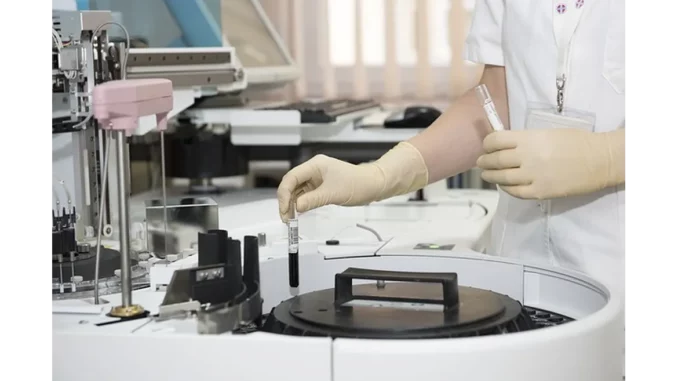
In recent years, the rapid advancement of artificial intelligence (AI) has significantly impacted various sectors, including education and healthcare. One of the AI systems garnering attention is ChatGPT, developed by OpenAI. This language model has demonstrated considerable capabilities, yet its performance in medical examinations highlights both its potential and its limitations. The examination of ChatGPT’s achievements and struggles in this domain invites a re-evaluation of AI’s role in medical education and practice.
ChatGPT, especially in its latest iteration, GPT-4, has delivered remarkable outcomes in handling multiple-choice questions on the United States Medical Licensing Examination (USMLE). These exams are critical for aspiring doctors seeking to practise medicine. The real challenge, however, lies in complex clinical reasoning, an area where ChatGPT has been tested by researchers at Stanford University. Its ability to outperform first- and second-year medical students in clinical care exam questions has ignited discussions concerning its implications for medical education.
The study, published in JAMA Internal Medicine, reveals that ChatGPT scored over four points higher than students on the case-report section of the exam. This particular portion evaluates clinical reasoning skills through open-ended questions, necessitating students to scrutinise patient cases and propose plausible diagnoses. The AI’s unexpected proficiency in these free-response questions challenges conventional methods of teaching and assessing medical reasoning.
A pivotal factor contributing to ChatGPT’s success is its capacity to process extensive amounts of information sourced from the internet. However, this capability also introduces potential pitfalls. The AI’s dependence on internet data can lead to misinterpretations, particularly with terms specific to healthcare. To mitigate this, researchers employ prompt engineering, a method used to refine AI responses and ensure accurate comprehension of medical terminology.
Despite its accomplishments, ChatGPT is not without its flaws. A significant concern is the phenomenon of confabulation, where the AI inadvertently incorporates false details into its responses. This tendency to amalgamate information from similar cases can result in erroneous conclusions, emphasising the necessity for human oversight in crucial decision-making processes.
The emergence of AI like ChatGPT in medical education prompts inquiries into the future trajectory of medical training. Stanford’s School of Medicine has already modified its examination format, transitioning from open-book to closed-book exams to deter reliance on AI. However, this change also diminishes opportunities for students to practise gathering information from external sources—a critical skill in clinical care.
Acknowledging both the potential and the limitations of AI, Stanford has formed an AI working group to investigate curriculum updates that incorporate AI tools into medical education. The objective is to prepare future clinicians to utilise AI effectively while preserving their ability to reason independently.
The discourse on AI’s role in medicine extends beyond education. While AI is unlikely to replace doctors entirely, its integration into everyday medical practice is forthcoming. AI can enhance human capabilities, providing support in areas such as diagnostics and treatment planning. Nonetheless, ethical considerations must be addressed, including data privacy, algorithmic bias, and the impact on the physician-patient relationship.
ChatGPT’s performance in medical examinations underscores the transformative potential of AI in education and healthcare. It presents opportunities to enhance medical training but also introduces challenges that require careful navigation. The future of medical education lies in achieving a balance between leveraging AI’s capabilities and nurturing the indispensable human skills that define the medical profession. As AI continues to evolve, so too must our approach to integrating it into the fabric of healthcare, ensuring it complements rather than compromises the fundamental tenets of medical practice.


Be the first to comment